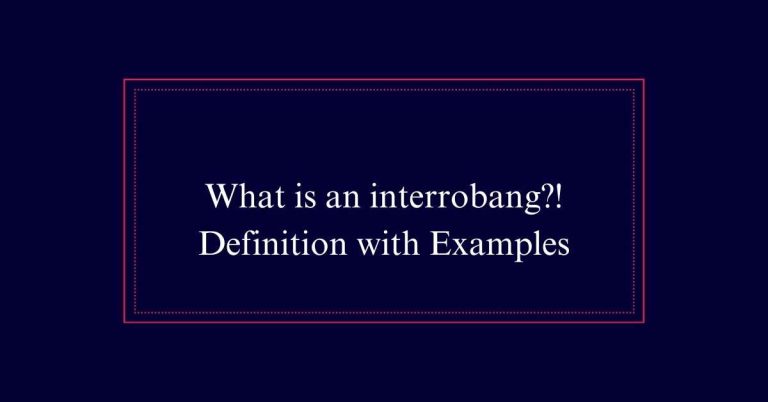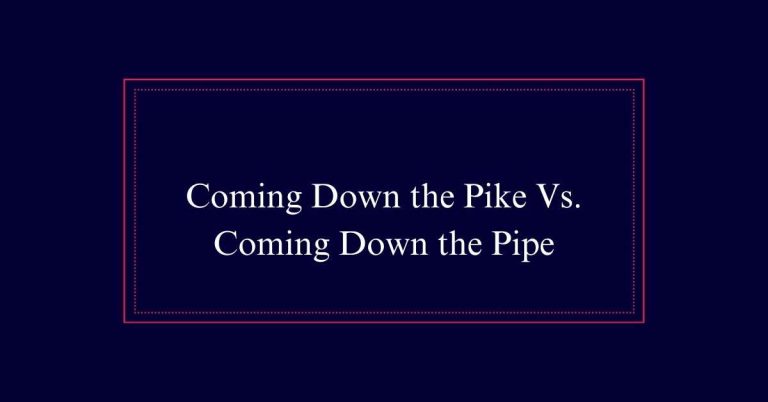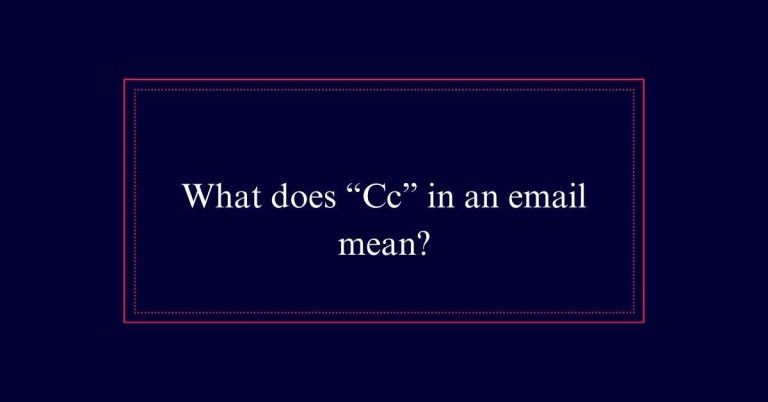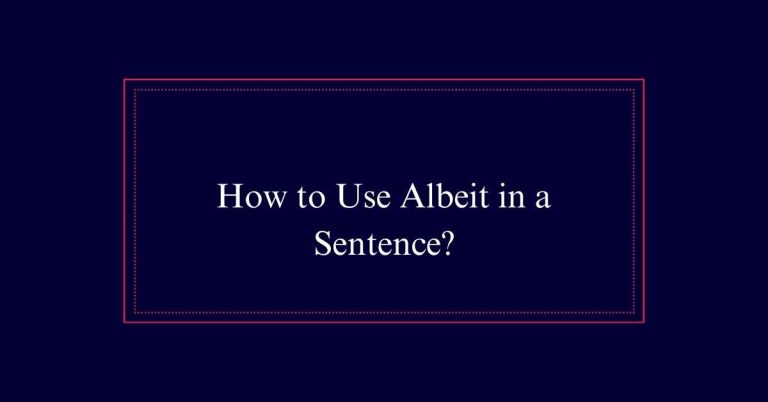How to Write Powerful Bullet Points?
Writing powerful bullet points involves clear, concise, and action-oriented language. Break down information into manageable, single-idea bullets. Use simple language and avoid jargon. Guarantee each point is precise and emphasizes key elements using bold or italics where necessary.
Treat each bullet point like a mini headline to capture attention and deliver value. Include numbers or specific details to add significance and maintain engagement. Always employ active voice for directness and ensure grammatical parallelism.
The Essence of Bullet Points
Understanding the essence of bullet points is crucial for crafting clear and impactful messages. Bullet points break down information into manageable parts. They help highlight key elements, making it easier for readers to grasp essential ideas quickly.
This format is particularly effective for presenting lists, summarizing information, and emphasizing important points.
Each bullet should focus on one main idea, ensuring simplicity and clarity. Use concise language to avoid overwhelming the reader with too much text.
Crafting Brevity and Promise
Mastering the craft of brevity and promise in bullet points can greatly enhance their impact and readability. Guaranteeing that each bullet point is concise and to the point makes it easier for readers to quickly grasp the key message.
Promise, on the other hand, creates a sense of anticipation and value. It tells readers what they will gain or understand by reading further. Combining these two elements keeps your audience engaged and interested.
Use strong, action-oriented words to convey promise. Avoid unnecessary words that dilute the message. Always aim to deliver clear, precise information.
Thinking Like Headlines
Thinking of bullet points as mini headlines can greatly enhance their effectiveness. By treating them like headlines, you guarantee they grab attention and deliver key information quickly. A good headline is concise, intriguing, and informative. Apply these principles to bullet points to make them stand out and communicate clearly.
| Principle | Description | Example |
|---|---|---|
| Conciseness | Keep it short and to the point | ‘Save time with shortcuts’ |
| Intrigue | Spark curiosity | ‘Unlock hidden features’ |
| Information | Deliver essential details | ‘Top 5 benefits of this tool’ |
| Actionable | Suggest an action or benefit | ‘Boost productivity instantly’ |
| Relevance | Ensure it relates directly to the topic | ‘Why this method works best’ |
Highlighting Key Elements
After crafting bullet points like mini headlines, the next step is to highlight key elements to guarantee they stand out and convey their message effectively.
Start by identifying the main idea of each bullet point. Use bold or italics to emphasize essential words or phrases. This draws the reader’s eye to the most important parts. Incorporate numbers, percentages, or specific details to add weight and significance.
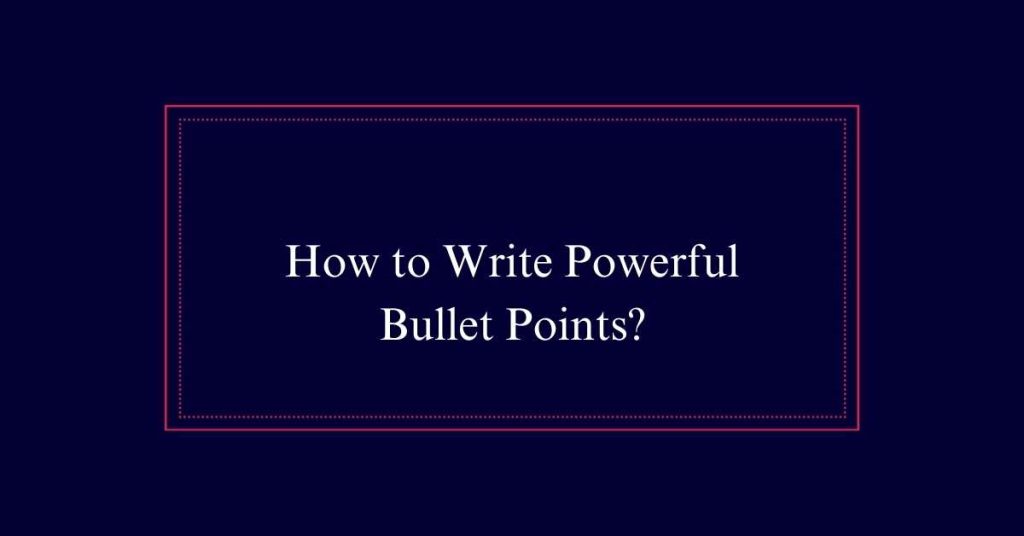
Simplifying Your Points
Streamlining your bullet points guarantees they are easy to read and understand. Simplification involves distilling each point to its essence, ensuring clarity and impact.
Long or complex bullet points can overwhelm readers and dilute your message. Instead, focus on brevity and precision to maintain engagement and communicate effectively.
To simplify your bullet points:
- Use simple language: Avoid jargon and technical terms that may confuse readers.
- Be concise: Limit each bullet to one main idea.
- Cut unnecessary words: Remove filler words that do not add value.
- Use active voice: Makes your points direct and clear.
- Prioritize relevance: Only include information that supports your main message.
Integrating Keywords
Integrating keywords into your bullet points enhances search engine visibility and reader engagement. Keywords help search engines understand the content, improving your rankings. They also catch the eye of readers looking for specific information.
To begin, identify the primary keywords related to your topic. Make sure these keywords naturally fit into your bullet points without disrupting readability. Use tools like Google Keyword Planner to find relevant terms.
Fascination for Intrigue
Having optimized your bullet points with keywords, it’s time to focus on creating fascination to captivate your readers. Fascination involves crafting bullet points that spark curiosity and provoke thought. This technique keeps your audience engaged and keen to read more.
To create fascination, consider the following tips:
- Use mystery: Frame your bullet points to hint at something more.
- Be specific: Provide enough detail to be intriguing but not reveal everything.
- Highlight benefits: Emphasize what the reader will gain.
- Ask questions: Pose questions that make readers think.
- Use emotional triggers: Tap into emotions to create a connection.
Engaging With Fascination
Engaging your audience starts with crafting bullet points that spark their curiosity and hold their attention. Intriguing bullet points create a sense of fascination, encouraging readers to continue.
To achieve this, focus on making compelling promises. Highlight benefits or secrets that promise value. Use vivid language that paints a picture or evokes emotions. Frontload your bullet points with the most alluring elements. This guarantees readers are immediately hooked.
Avoid generic phrases; instead, be specific and unique. The goal is to make each bullet point a mini headline that stands out. When done right, your audience will enthusiastically follow along, seeking the value you’ve hinted at.
Punctuation and Structure
Proper punctuation and structure are crucial for crafting effective bullet points. They guarantee clarity and make the content easy to read.
Begin each bullet point with a capital letter and end fragments without punctuation.
Complete sentences should end with a period. This approach maintains consistency and enhances readability.
- Use capital letters at the start of each bullet point
- Avoid punctuation at the end of fragments
- End complete sentences with a period
- Keep bullet points concise and to the point
- Ensure each bullet point addresses a single idea or concept
Ensuring Parallel Grammar
Guaranteeing parallel grammar in bullet points enhances readability and maintains a polished, professional appearance.
Each bullet point should start with the same part of speech, such as verbs, nouns, or adjectives.
For instance, if the first bullet begins with an action verb, continue this pattern throughout the list.
Consistency in structure guarantees that readers can easily follow and understand the information presented.
Avoid mixing different grammatical structures, as this can confuse readers and disrupt the flow.
Additionally, maintain uniformity in tense and voice.
Whether you choose past, present, or future tense, stick with it.
Consistent parallelism not only simplifies comprehension but also adds a level of professionalism to your writing, making your bullet points more effective.

